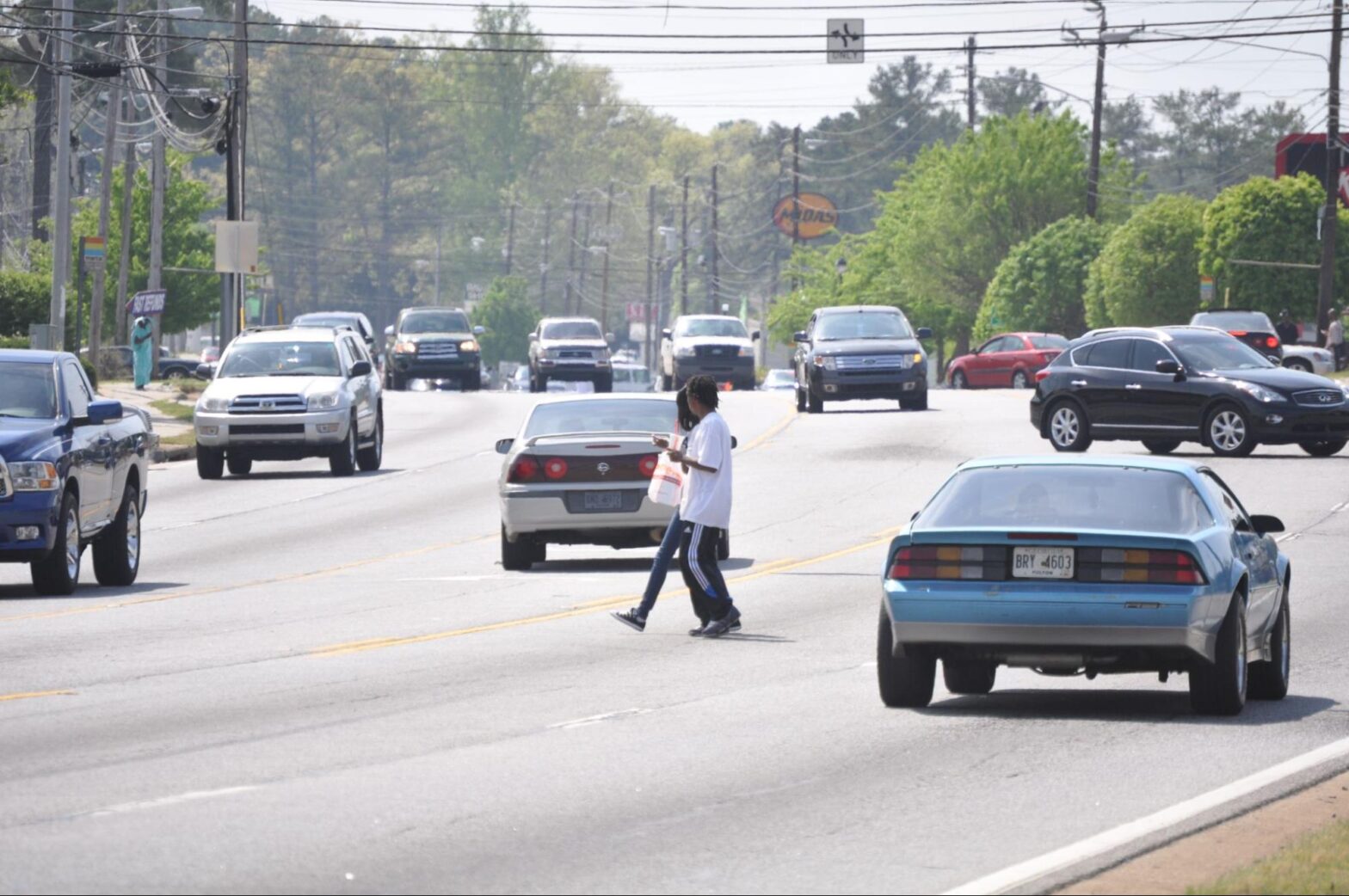The Christmas season is traditionally a time of increased consumer spending in the United States, racking up various expenses such as gifts, decorations, travel, and festive meals.
In recent years, the projected Christmas spending in the U.S. has shown a steady increase, driven by factors such as a robust economy, low unemployment rates and consumer confidence. However, it’s important to note that external factors like economic conditions, global events, and public health situations can influence spending patterns.
Total Holiday Spending
The NRF’s annual holiday spending survey is a reliable source for understanding consumer behavior during the Christmas season. For example, in 2022, the NRF estimated that holiday retail sales could reach around $859 billion, marking a significant increase from the previous year. This figure represents spending across various retail categories, including online and in-store purchases.
Gift Spending
Gift-giving is a central aspect of Christmas celebrations, and Americans allocate a significant portion of their holiday budget to buying presents for family, friends, and colleagues. In 2022, the NRF projected that the average spending on gifts would be around $997 per consumer (Source: Pheabs.com). This includes purchases of electronics, clothing, toys and other popular gift items.
Online Shopping Trends
The growth of e-commerce has had a notable impact on holiday spending habits. More Americans are turning to online platforms for their Christmas shopping, taking advantage of convenient options such as mobile shopping and same-day delivery. The NRF anticipated that online and other non-store sales could increase by a significant percentage compared to the previous year.
Travel Expenses
Travel is another substantial component of Christmas spending as families often reunite during the holiday season. Americans spend on transportation, accommodation and related expenses. The extent of travel spending can vary depending on factors like fuel prices and travel restrictions. In 2022, with travel rebounding from pandemic-related restrictions, an increase in travel-related spending was expected.
Decorations and Food
Expenditure on holiday decorations, including Christmas trees, lights, and ornaments, is also a considerable part of the overall spending. Additionally, Americans allocate funds for special holiday meals and entertaining guests. In 2022, it was projected that the average spending on decorations and food would contribute significantly to the total holiday budget.
Consumer Confidence and Economic Factors
Consumer confidence is a key influencer of holiday spending. When people feel optimistic about the economy and their personal financial situations, they are more likely to open their wallets during the Christmas season. In 2022, with signs of economic recovery from the challenges posed by the COVID-19 pandemic, consumer confidence was expected to play a role in boosting holiday spending.
It’s essential to check the latest reports from credible sources such as the NRF, the U.S. Census Bureau, and financial institutions for the most up-to-date information on Christmas spending in the United States for the year 2023. Monitoring these statistics provides valuable insights into economic trends and consumer behavior during the festive season.















